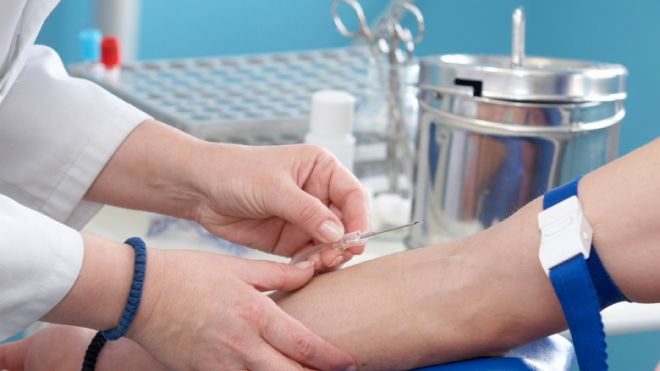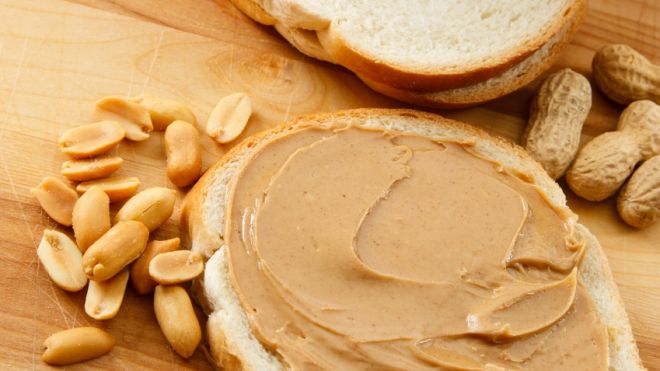How war changes the mind of a warrior
Memorial Day is an appropriate time to focus on the types of psychological harm veterans have willingly exposed themselves to in order to defend our nation.  While words like post-traumatic stress disorder, major depression and post-concussion syndrome have become well-known, the true suffering of individuals with such illnesses—caused by combat or proximity to it—still isn’t as well known. It is one thing to imagine and empathize with the plight of a man or woman without limbs, who cannot walk or run or jump, but it is arguably more difficult to imagine and empathize with the suffering of those whose emotional equilibrium, memory, concentration, sleep patterns and even grasp on reality have been shredded. So, I hope I can help bring those wounds into focus. Men and women are born with an inexplicable, immeasurable and intensely beautiful quality: human empathy.  We resonate with the feelings of others.  This fact means we are also exquisitely vulnerable to conditions that expose us to the destruction of others – not to mention threaten our own existence.   I often tell my patients that the soul is like a Ferrari, not a Camry.  Treat it like a tank, not an exotic vehicle, and all manner of damage can result—and routinely does.  It is popular to speak of people as resilient, and there is some truth to this.  But it is perhaps more truthful that people are finely tuned emotional instruments who choose to put themselves in harm’s way out of love for their fellow man, and cannot then be expected – with rare exception – to come through it all unscathed.   When people, however brave or strong, live for protracted periods in a war zone, in which they must bury the natural fear of death, natural pangs of grief and the natural horror of killing, all that buried emotion does not remain underground.  It resurfaces like shards of glass and steel, walled off under the skin, until abscesses develop and eventually burst to the surface, shredding any façade of peace.  This is when the sadness of leaving one’s family for years, taking the unspeakable risk of never seeing one’s loved ones again, can erupt as nightmares that shatter sleeping patterns, or hopelessness and despair that tear up any plans for the future.  This is when the horror of watching good friends die, when the anxiety of marching into trouble over and over again manifests as flashbacks to unspeakable and unfathomable events, or panic of death and destruction that comes out of nowhere.  This is when marching into hell, with one’s God-given, highly-calibrated, compassionate, soulful self, means you bring hell back with you – inside you. No one who goes to war ever comes home – not in the emotional, psychological sense.  No one.  Some make it back, mostly—which is an amazing and happy fact.  Most make it back far less—which is fully expected but still not acknowledged as widely as it must be.  And some return only physically, and are forever unrecognizable psychologically. This is the unspoken risk our warriors take when they leave us to fight.  We worry over their legs and their eyes, but we still don’t fully grasp the peril in which they place their psyches and their souls. That men and women take these risks, and willingly, is nothing short of miraculous. This is why, on Memorial Day – and every day – we should remember all fighting men and women, thank them and thank God for them.Dr. Keith Ablow is a psychiatrist and member of the Fox News Medical A-Team. Dr. Ablow can be reached at info@keithablow.com.source : http://www.foxnews.com/health/2013/05/27/how-war-changes-mind-warrior/






